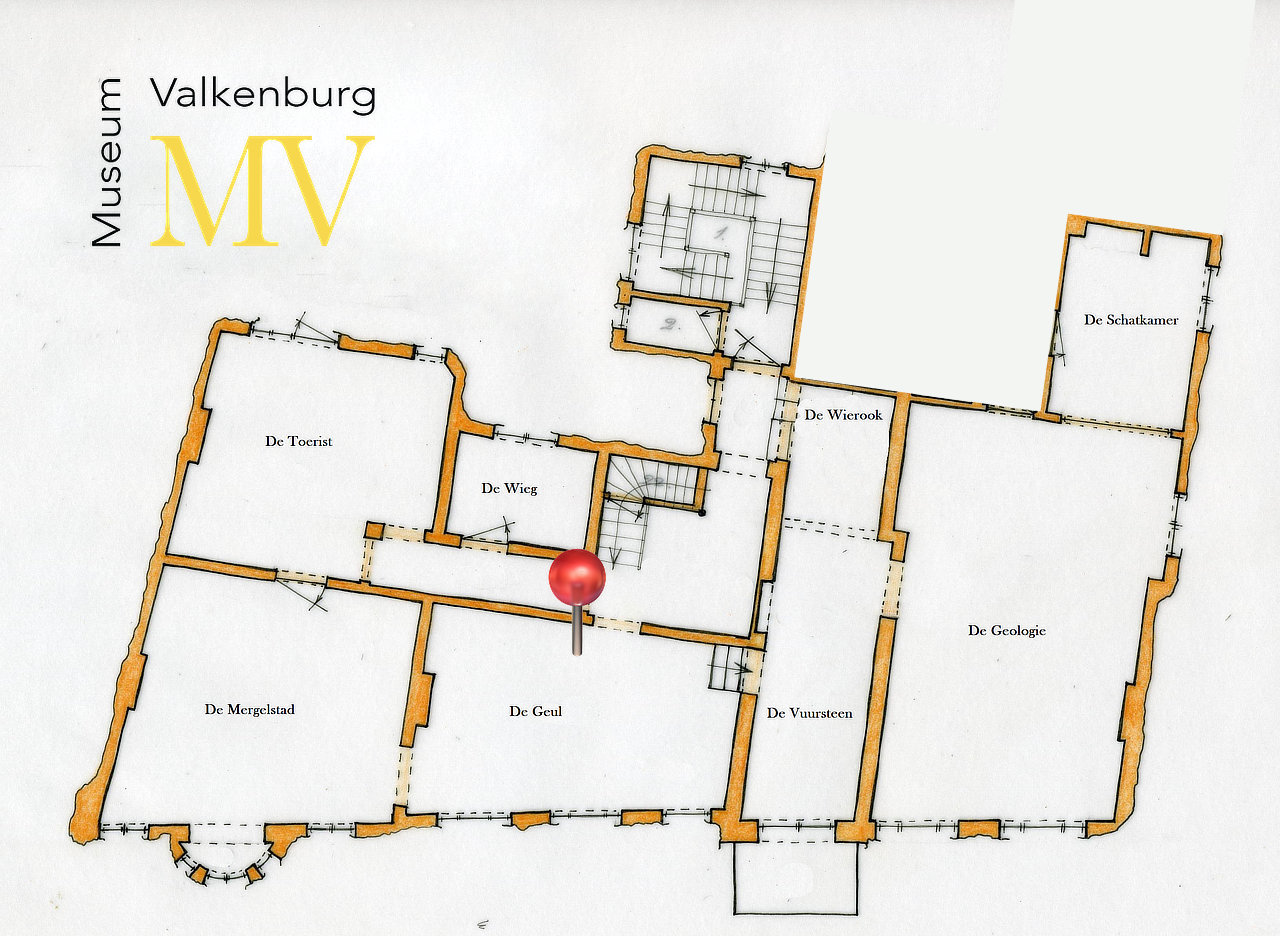For many thousands of years people have been settling down in the vale of the Geul amid the Limburg hills. 250.000 Year old geological finds show that there was already human activity in those days. They were wandering peoples who made use of the elements of nature. They stayed temporarily in camps and hollowed- out marl walls.
The river Geul with its sources was of vital importance for humans and animals. People could drink the water and bathe in it. The meadows were an ideal pasture for cattle. The hills surrounding the Geul valley were wooded and provided fire wood. They also served as a hiding place and made reinforced defences possible.
The first traces of permanent human settlements in Valkenburg were discovered in the Geul valley and in Ravensbos in the 19th century. In these surroundings foundations were found of various building structures. Graves were also found. Here the Romans built many “Villae Rusticae” (farmsteads). The loess-soil and the available marl made high quality agriculture possible.
In the middle-ages the river Geul also formed part of the fortifications of Valkenburg and was a formidable obstacle for besiegers.
Nowadays the river Geulle is the only river in the Netherlands that still meanders in a natural way. It lies in an idyllic hilly landscape which invites one to go for long walks. Many tourists and holiday makers travel through this hilly country to relax and enjoy nature. Since the middle of the 19th century the greatest tourist attraction of the Heuvelland.

